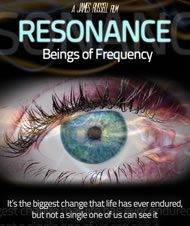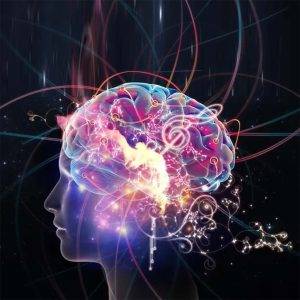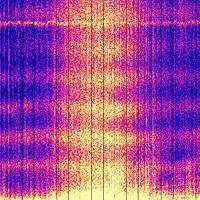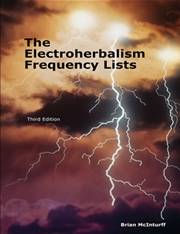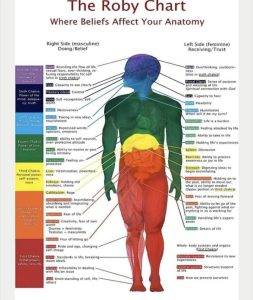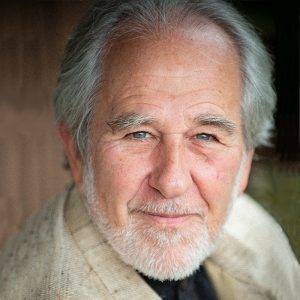By The Frequency Project
Explore the Science of Water from the famous works of Masuru Emoto to Jacques Benveniste and Professor Fritz-Albert Popp… Water, the most abundant substance on Earth, has always been a subject of fascination for scientists, healers, and thinkers alike. Its unique properties have been studied for centuries, but recent discoveries have unveiled a dimension of water that could revolutionize our understanding of health and medicine. More recently, Masuru Emoto has gained a lot of notoriety for his water experiments here:
The Science of Water Memory
Water memory refers to the idea that water can retain information about substances that were once dissolved in it, even after those substances have been removed. This phenomenon was first proposed by the French immunologist Jacques Benveniste in the late 1980s. While his findings were met with skepticism, subsequent research has provided compelling evidence in support of this theory1.
In the below video, Professor Popp delves into the intricate relationship between water and biophoton emissions. Biophotons, or ultra-weak photon emissions, are tiny currents of light that emanate from living organisms. These emissions play a crucial role in cellular communication and may be key to understanding how water retains information.
The Implications
Homeopathy, a system of alternative medicine that uses highly diluted substances to treat ailments, has often been criticized for its lack of scientific basis. However, if water truly has the ability to remember substances, it could provide a scientific foundation for homeopathic remedies. The video suggests that the effectiveness of homeopathy might be linked to the memory of water. When a substance is diluted in water, the water might retain the “memory” or “essence” of that substance, thereby exerting a therapeutic effect when consumed.
More importantly, it is safe to conclude that blessing all of our food and drink is a worthwhile endeavor for optimal health and well-being. We know our thoughts carry frequencies that not only impact the world around us but interface with a Unified Field, which contains an exhaustive amount of energy in the space vacuum waiting for humanity to tap into the possibility of free energy and higher enlightenment.
Cross-referencing the Science
- Molecular Vibrations and Water Memory: A study from the University of Verona, Italy, demonstrated that water can retain a “memory” of molecular vibrations, which could be detected using spectroscopic methods2
- Quantum Coherence in Water: Quantum coherence, a phenomenon where subatomic particles become interconnected and act as a single entity, has been observed in water. This could be a potential mechanism for water memory, as suggested by research from the National Institute of Nuclear Physics in Italy3.
- Biophotons and Cellular Communication: The discovery of biophoton emissions by Professor Popp and others has opened up a new realm of understanding in cellular biology. These light emissions are believed to facilitate communication between cells, potentially influencing health and disease4.
In conclusion, the memory of water is not just a poetic notion but a scientific concept with profound implications for medicine and biology. As we continue to explore this frontier, we may find that water, in all its simplicity, holds the secrets to some of the most complex mysteries of life.
n a recent video featuring Professor Fritz-Albert Popp, a renowned German physicist and founder of the International Institute of Biophysics, the concept of water memory and its implications for homeopathy are explored in depth. Watch the full video discussion with Professor Fritz-Albert Popp here.
Footnotes
- Benveniste, J. (1988). “Human basophil degranulation triggered by very dilute antiserum against IgE”. Nature. ↩
- Elia, V., & Niccoli, M. (2004). “New physico-chemical properties of water induced by mechanical treatments”. Journal of Thermal Analysis and Calorimetry. ↩
- Del Giudice, E., & Preparata, G. (1998). “Coherent dynamics in water as a possible explanation for biological membrane formation”. Journal of Biological Physics. ↩
- Popp, F. A., & Chang, J. J. (2000). “Mechanism of interaction between electromagnetic fields and living systems”. Science in China Series C: Life Sciences. ↩

